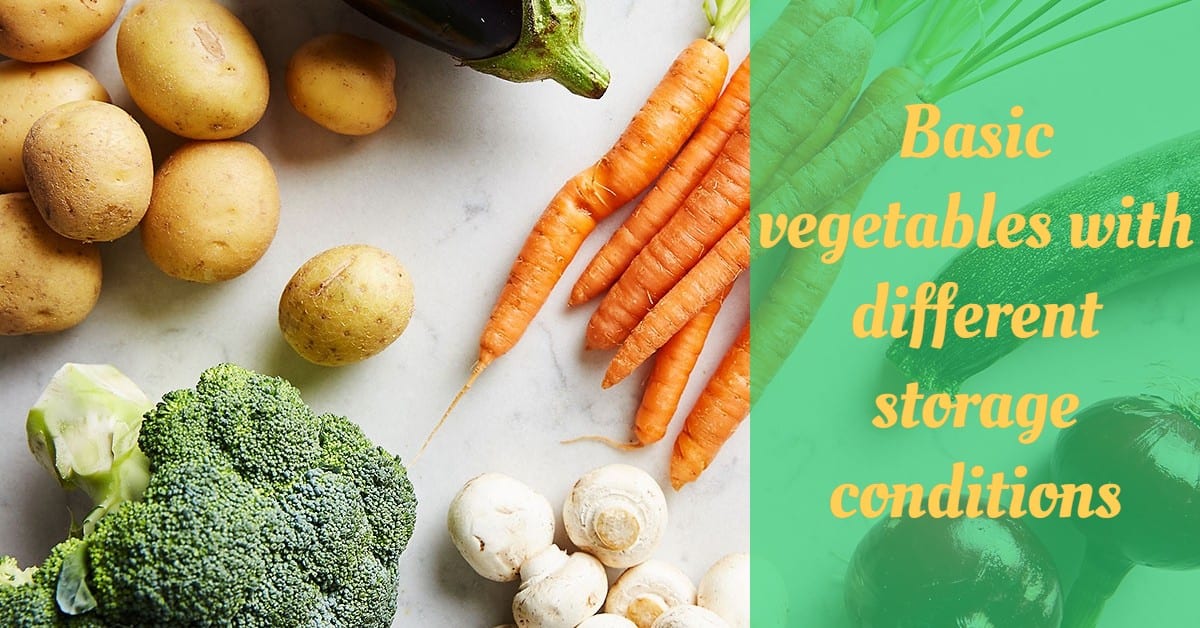Everybody wants to eat vegetables as fresh as possible, as it is good for the body. But to do so, you need to know how to store them properly. With the right content of vegetables valuable and biologically active substances in them are almost not lost.
You must have noticed that sometimes vegetables lie in the fridge for a long time and remain fresh. But, sometimes they spoil in a couple of days.
What do you need to pay attention to when buying vegetables? How to buy them correctly and what should they be stored in? In this article, you will learn the answers to all these questions.
Potatoes
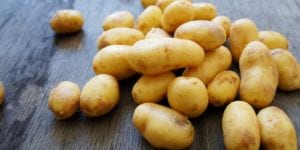
The potatoes differ in their purpose. There are seed and food potatoes as well as processing potatoes (fries, chips). There is a different storage regime for each species. Seeds are stored at temperatures around +3 ° C.
Potatoes for processing depending on the variety – from +6 to +11 ° C. The humidity in all cases – 95%. Also, potatoes need productive ventilation with capacity from 70 to 100 m³ air per 1 m³ product per hour, depending on the type of ventilation system.
After harvesting the tubers need to be dried and treated for damages caused by the mechanical impact of machinery. Then comes a period of slow cooling (0.5 ° C per day) and storage.
For a long storage period, you need cooling and humidifying systems. They allow the potatoes to lie down until July with minimal shrinkage and loss of quality.
It is also necessary to ensure an inflow of at least 40 m³ of air per tonne per hour. If stored correctly, potato chips harvested in September can be shipped until the end of June.
You may also like: 7 Best Commercial Vacuum Sealers For Home Use
Tomatoes
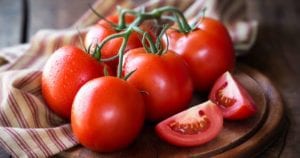
Ripe, pink and brown tomatoes are stored in cold rooms at temperatures around +1°C and HVA 90%. Shelf life 2-4 weeks, at a temperature of +4 … +6 ° C can be stored for up to 10 days.
Before selling tomatoes, the temperature should be gradually raised to +15 … +20 ° C, and only after that tomatoes can be used.
For slow ripening are suitable only for formed tomatoes of milk maturity, not exposed to temperatures below +4 ° C… Tomatoes delivered by refrigerated trains are not suitable for slow ripening.
Carrots
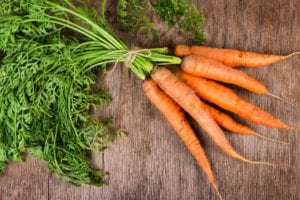
Carrots are well stored in pits, cellars and other similar places. But the most reliable long-term storage provides a room with artificial cooling. There should be a constant air temperature and high humidity.
The speed at which root carrots are stored is of great importance for further quality storage of carrots in cold rooms. It should take no more than 24 hours from the moment of carrots collection to the moment of laying.
Carrots should be cooled immediately after harvesting to the temperature of 0 … +1 ° C not more than a day. Then the temperature should be kept within these limits until the end of storage.
In practice, cooling takes more than a day, as the storage is filled quickly. The cooling system for such periods is quite expensive. Besides, there is a limit on airspeed, on which the time of reaching the temperature depends directly.
Cucumbers
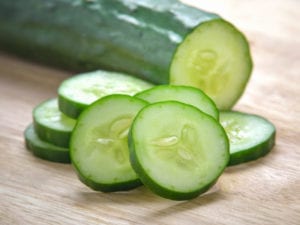
You can keep your cucumbers fresh up to 3-4 weeks in water. To do this, pour cold water into the bowl, partially immerse the fruit in it with tails down. To make water clean, use special filters. The container should be placed in the vegetable compartment of the refrigerator. Once a day, the water must be changed.
The secret of the method is as follows. As the fruit loses moisture, it can compensate for its loss by absorbing the water. For storage in this way, it is better to take cucumbers with dense dark green bumpy skin.
The greenery (parsley, dill, onion)
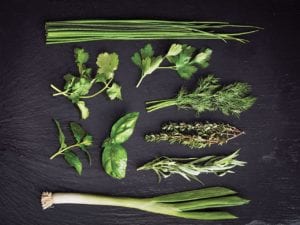
The greens will stay fresh longer in the fridge in a thin polyethylene food package. If the polyethylene bag is thick enough, don’t forget to make a few holes in it with a fork.
The greens should be dry. Thus, if you buy parsley, dill, salad in the shop, do not wash them, but only peel, shake, and dry on paper. You can also make them dry with a food dehydrator.
Green onions for storage should be cleaned of bulbs. Only then should they be packed in plastic bags and put in the fridge.
Beets
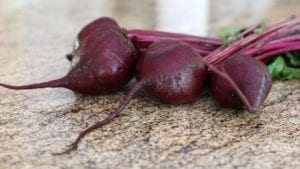
The beets are placed in permanent or temporary storage, taking into account that there is no rest period for the root vegetables. At a temperature of 7 ° C, they are moved into growth.
Thus, optimal conditions for storage – 2-3 ° C and sufficiently high humidity. Beets can also be well stored in boxes in the basement or in a vegetable garden. For this purpose, dig a hole about 40 cm deep, there in the form of prisms put the root vegetables.
The height of the prism, as a rule, is 1-1.3 m. They are covered with a thick layer of straw so that the height is about 2 m, and covered with earth. In winter, they are additionally covered with snow. Before storing the beets, it is advisable to treat them with chalk powder.
Pumpkin

Unlike most other vegetables, the pumpkin does not like low temperatures when stored. The optimal temperature for it will be +5-80C. But the allowable temperature limits for storage of pumpkin – from +1 to +140C.
If in the place of storage of other vegetables are low temperatures, the pumpkin can be covered with straw.
Courgettes
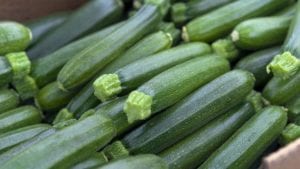
The optimum mode of storage of average young vegetables of a regular zucchini is temperature +4 … +6 ° C and relative humidity 85-90% for 15-20 days. Under these conditions, the vegetables keep their qualities, nutritional value, and are not damaged.
Courgettes are preserved longer if they are kept in a polyethylene bag with small holes punctured in it or enameled bath. Sufficiently ripe vegetables can be kept fresh for up to six months.
Only pick the fruit without damage and with a stalk. It is better to store them in a dark, cool, and dry place, periodically checking the integrity of the bark.
Mature zucchini vegetables are stored in a cellar on shelves or in a pantry. After storage, the flesh acquires a golden hue, preserving the aroma of the newly cut fruit.
Cabbage
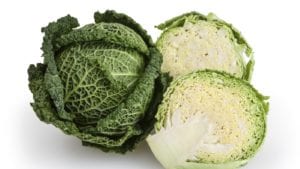
The length of time the cabbage is stored depends on the correct harvest. Storage is mainly for late ripe and medium late varieties. They must be harvested in one day, in dry weather.
It is better not to cut the head of cabbage from the bed, and dig out along with the root, not cutting the poker. This way the whole poker is better preserved.
If it is planned to store cabbage without a root, in this case, 2 – 3 covering leaves are left on cabbage pairs. They will protect the poker from mechanical damage and diseases.
It is very important to remove the vegetable at the right time. Because early picked up cabbage fades quickly, and standing on the bed will burst. By the way, the best legs have heads of small and medium-size. Large specimens should be dense and have no cracks.
You can store the cabbage in a suspended state, in boxes, on racks and shelves. Also, keep the vegetable in the fridge fresh or in sauerkraut. It does not reduce the nutritional properties of the cabbage.
Aubergines
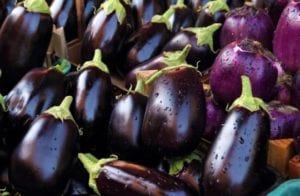
Sorted eggplant fruits are placed in the storage heap on a bed of straw with the stalks of the book. It must be covered with sacking and maintained for 12 days.
Then sort again and wrap selected good fruit in the paper, put on straw bedding about 20 cm thick. You should also cover them with four layers of sacking. When it gets cold, cover these vegetables with a blanket or warm them well with fresh, clean straw.
The shelf life depends on the variety, maturity, temperature, and humidity of the storage area. The best storage temperature for eggplants is 6-70°C with a relative humidity of 85-90%.
When storing a small number of eggplants wrapped in a newspaper and stored in boxes. It is also possible to fill the fruit with ash or pulverized coal. The largest period of storage of eggplants is up to 2 months.
Selection for storage of quality vegetables, correct and timely preparation for storage allows you to keep them fresh, and to cut losses.
Onions and garlic
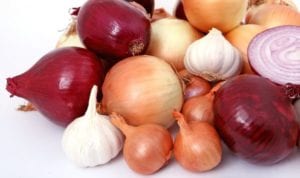
For onions and garlic, in addition to temperature, the humidity inside the storage room is also decisive. Ideally, it should not exceed 75%. In the initial stage, it is important to dry onions well, otherwise, you will not be able to keep them for long.
When the humidity is high, bacterial diseases begin to spread rapidly. Onions also need more ventilation power than potatoes.
